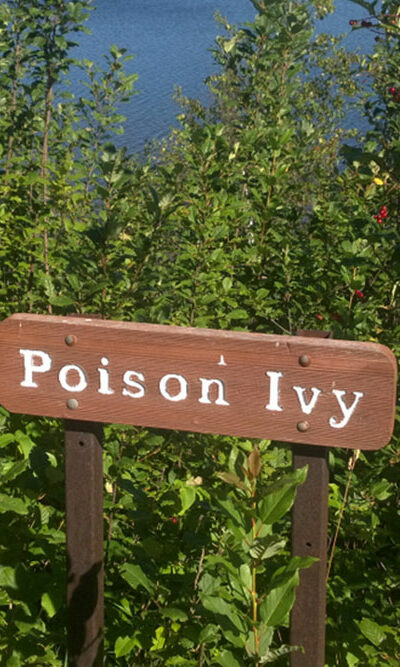
Causes of High Blood Pressure and Tips to Reduce it
Blood pressure is the force exerted by the blood flowing in the blood vessels. Blood vessels carry blood pumped by the heart to all parts of the body. Proper supply of blood requires an optimum level of blood pressure and anything above or below this level is a cause of concern. Normal blood pressure is 120/80 mmHg, where 120 is systolic pressure and 80 is diastolic. Blood pressure measuring 130-139/80-89 mmHg is considered as the first stage of hypertension, and pressures above 140/90 mmHg are considered as the second stage of hypertension. Pressure above 180/120 warrants immediate medical treatment. Prolonged hypertension results in thickening of the blood vessel walls (atherosclerosis). Other health complications caused by hypertension are a stroke, heart attack, and kidney failure. How to lower your blood pressure? This is an important question faced by those affected by hypertension. Read on to understand the causes of high blood pressure and ways to control high blood pressure. Causes of High Blood Pressure Hypertension is classified as primary and secondary hypertension. Primary or essential hypertension develops over time with no particular cause, whereas secondary hypertension occurs rapidly and becomes more severe than primary hypertension. Although the exact pressure cause of high blood pressure is not known, several risk factors are attributed to hypertension. When looking for information on how to lower your blood pressure, the common causes of hypertension should be understood first: Being Overweight Being overweight is a predisposition to developing high blood pressure. Excess body fat overloads the heart, which results in increased blood pressure. Smoking High blood pressure is among other health disorders caused by smoking. Lethargic Lifestyle Those leading a lethargic lifestyle without any physical workout are at a higher risk of developing high blood pressure. Unhealthy eating habits combined with a lethargic lifestyle result in fat deposits in blood vessels, which in turn narrow blood vessels.










